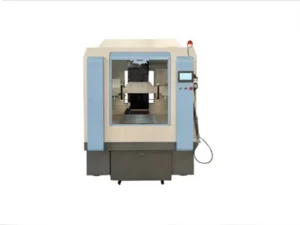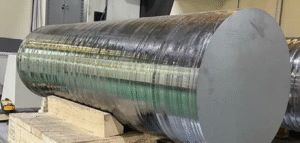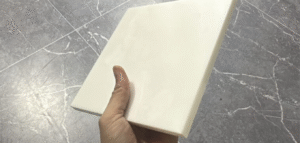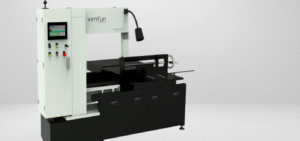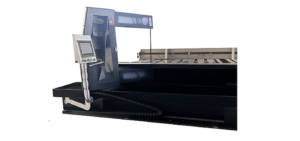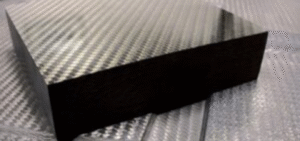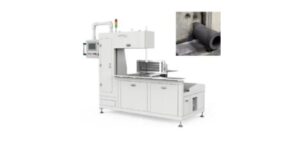Slicing germanium isn’t just about cutting—it’s about cutting it right. Whether you’re dealing with IR lens blanks, wafers, domes, or custom-shaped optics, the right choice of equipment will save you time, protect your material, and boost overall yield.
With options like SG20, SGI20, and other specialized models, it’s important to understand what each one offers—and more importantly, what your process demands.
Define Your Application First
Before picking a machine, be clear on what you’re cutting:
- Wafer slicing (thin discs, 0.3–1 mm)
- Lens blank prep (10–30 mm thick, round or square)
- Shaped cuts (arcs, bevels, off-axis geometry)
- Mass production vs R&D batches
These variables determine what kind of motion control, clamping system, wire precision, and automation level you actually need.
Equipment Overview: SG20 vs SGI20 vs Others
| Model | Phù hợp nhất cho | Key Features |
|---|---|---|
| SG20 | Thin wafers, IR lens blanks | Compact, stable, high-precision 2-axis control |
| SGI20 | Shaped optics, arc cuts, R&D labs | CNC programmable, multi-angle slicing |
| SG15 | Entry-level wafer and block slicing | Cost-effective, clean cut for basic needs |
| SGSM 40 | Batch slicing of thick Ge blanks | High-throughput, large platform, stable frame |
Why SG20 Is the Workhorse for Flat Ge Cutting
SG20 strikes the sweet spot between price and precision. It’s ideal for:
- Slicing infrared lens blanks
- 0.1–40 mm thickness Ge wafers
- Clean straight cuts with low kerf (~0.35 mm)
- Applications where consistency is key
Its simplicity and rigidity give it excellent vibration resistance, helping prevent microcracks in thin Ge pieces.
Why SGI20 Is Built for Curves, Angles, and Innovation
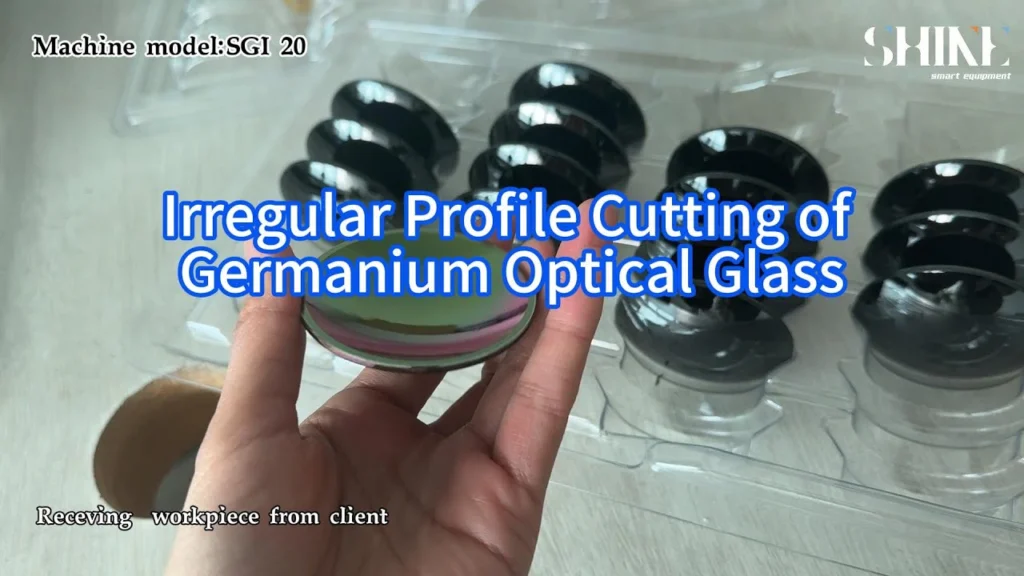
If you’re cutting:
- Arc profiles
- Beveled edges
- Step-shaped or offset parts …then SGI20 is your go-to.
It comes with:
- Multi-axis CNC system
- Support for curved contour paths
- Flexible programming for R&D and custom work
It’s also a solid choice when you’re prototyping or validating new optical designs before committing to production.
Other Factors to Consider
- Wire Diameter: Use 0.3 mm wire for minimal kerf and clean edges
- Cooling: Always use filtered oil-based coolant to maintain edge quality
- Software: Machines like SGI20 support shape libraries and repeatable cutting profiles
- Fixture Compatibility: Make sure your machine supports adjustable clamping for different Ge sizes
What Our Clients Say
A Ge optics supplier in Europe uses SG20 for mass slicing of round blanks. It runs 10+ hours per day with less than 2% scrap rate.
Meanwhile, a research optics lab adopted SGI20 for arc lens development and has since expanded to batch slicing once R&D transitioned to pilot production.
Germanium isn’t cheap—and neither is the time lost on rework. Choosing the right diamond wire saw is less about having the “most powerful” machine and more about having the right one for your workflow.
If your business needs precise, repeatable Ge slicing—flat or complex—Vimfun has a proven solution. Let’s talk and match you with the right equipment for your application.


